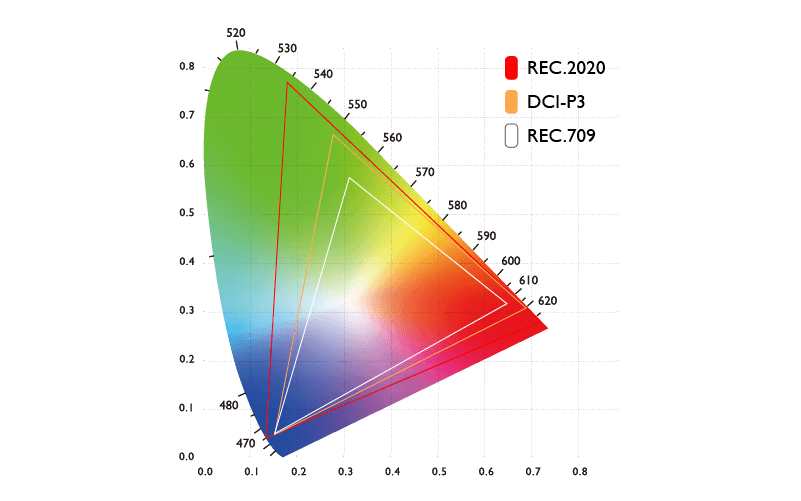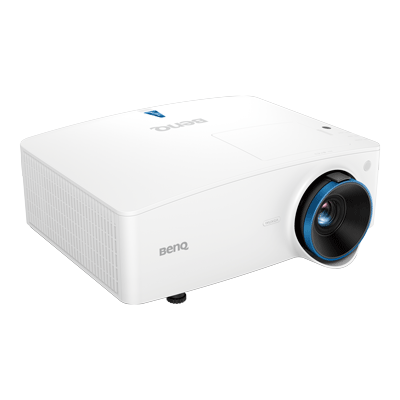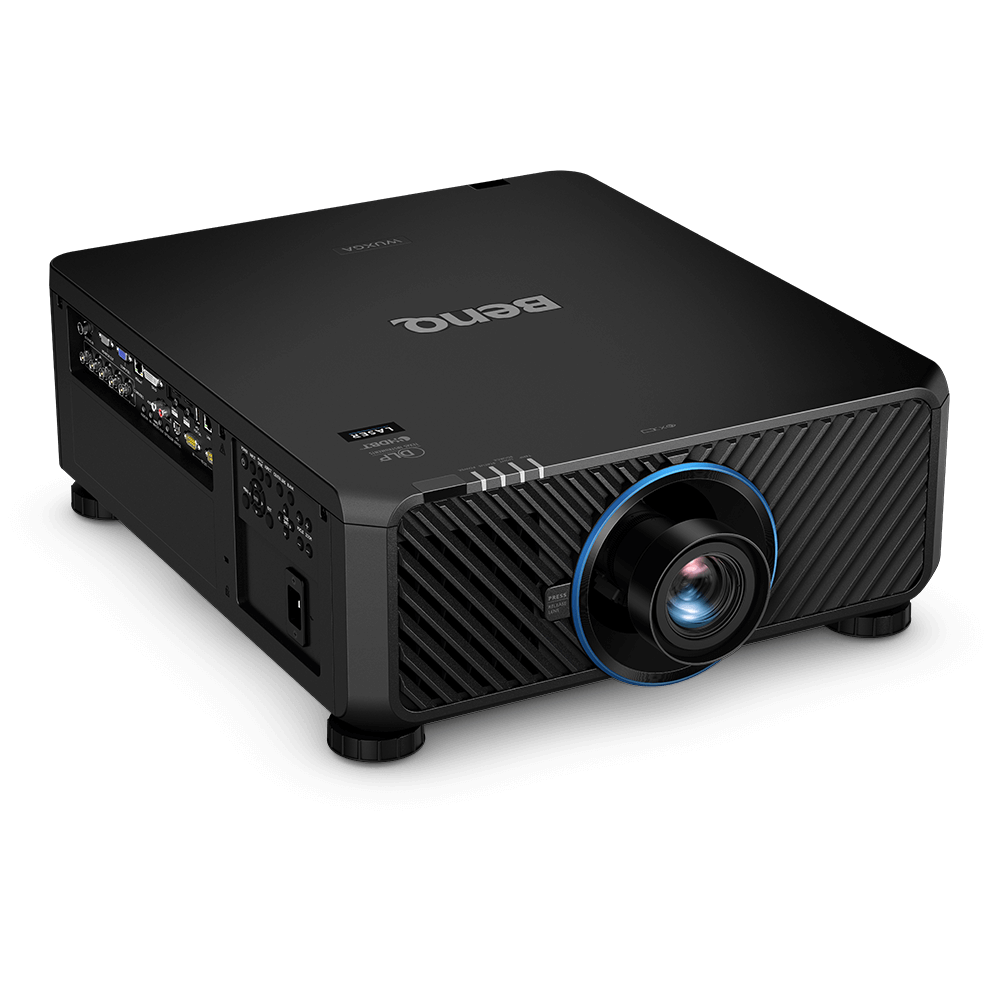Color Gamut: Understanding Rec.709, DCI-P3, and Rec.2020
- BenQ
- 2021-02-25
One of the most vital elements when looking for a projector is its ability to represent colors. But with projector specs listing various types of color gamuts, which specific color gamut represents the best choice for the consumer? For current projectors on the market there are three main color gamut standards used: Rec.709 (also known as BT.709), DCI-P3, and Rec.2020 (also known as BT.2020). Though there are major overlaps between these color gamuts, each one still stakes out a distinct area within the visible color space. This article will help define these commonly used color gamuts as well as recap what a color gamut means, including why the concept is important for projectors.
What is color gamut? Why is it important?
By definition color gamut is the range of colors within the visible color space (i.e. all the colors visible to the human eye) which a device such as a projector or display is able to reproduce. You can think of color gamut as the palette of colors from which you can choose to create an image: the wider the range of colors that the palette includes, the richer the images you can create and vice versa. For devices such as projectors and displays the reason color gamut is relevant is because technology has not advanced to a degree in which all the colors visible to the human eye can be represented, thus color gamut is used to express the portion of the overall visible color space which the device can reproduce. It thereby helps define the limits of that device’s color representation.
Many times, when describing color gamut a CIE chromaticity diagram is used, wherein a triangle representing the color gamut is drawn inside the visible color space, represented by a horseshoe-like shape. In such diagrams the bottom-left corner of the triangle represents the “bluest blue” that the given color gamut can display, the bottom right corner is meant to represent the “reddest red”, the top corner represents the “greenest green”, and the area encapsulated by these points encompasses the entire color gamut; in other words all the colors that the device can reproduce.
But beyond defining the range of colors a device can reproduce, the other main reason why color gamut is important is because for devices that depict colors, a color gamut acts as a shared language for every element involved in their ecosystem -- from cameras to media players to the display devices -- to ensure that all the colors used by a given device are in sync with the colors from all the other devices. Without a shared color gamut there would be no way to make sure that a given color produced by a projector, say a certain purple, is the same purple transmitted by the media player. The color gamut therefore acts as a point of reference that defines each color used in the ecosystem which leads to the reproduced image.
What is Rec.709, DCI-P3, and Rec.2020?
As described above color gamut acts as a language for which to define colors, and like languages there are many different types. To ensure that players in the industry are using the same “languages” to define colors, industry groups such as the International Telecommunications Unition Radiocommunication Sector (ITU-R) every so often defines given color gamuts for use by their peers. The discussion below will describe the three main color gamut standards: Rec.709, DCI-P3, and Rec.2020.
Rec.709 is a specification standard released by the ITU-R which includes a unique color gamut as part of their wider “list” of specifications. Though strictly speaking Rec.709 is a set of specifications that covers items beyond color gamut, it’s common to be mainly referring to its color gamut when using the term “Rec.709”. In terms of specifics Rec.709 was released in 1990 with a color gamut geared to help define colors for the now dominant high definition television market.
DCI-P3 on the other hand is a color standard defined by the Digital Cinema Initiatives (DCI) organization in 2010. As can be deduced by the organization’s name, DCI-P3 is the color gamut most commonly used by the film industry, particularly for their digital movie projectors. Beyond the film industry DCI-P3 is also a color gamut utilized by companies such as Apple, Samsung, Google, and others in the mobile device sector.
More recently ITU-R released their Rec.2020 standards as an update to the previously described Rec.709 specification standards. Similar to Rec.709, Rec.2020 refers to various specifications covering aspects of video broadcasts, including a corresponding color gamut. But whereas Rec.709 were standards for high definition TV, Rec.2020 is an update geared for ultra-high definition (4K and 8K) televisions.
In terms of their range of color, of the three color gamuts discussed the Rec.2020 color gamut covers the largest area of the visible color space, with a larger triangle in the CIE chromaticity diagram that encompasses the other two color gamuts. It is followed by the DCI-P3 color gamut and then the Rec.709 color gamut which has a smaller range than both Rec.2020 and DCI-P3.

For projector use though it is important to note that while Rec.2020 is the agreed upon direction toward which the industry is headed in terms of color, affordable options are still currently out of reach based on the technology available today. DCI-P3 standards, on the other hand, are mainly for use by movie theater projectors or in home-theaters. Thus, for producers of more mainstream projectors, Rec.709 is still the most ideal solution as it provides the life-like colors which consumers are looking for in their projectors.
Bearing all of this in mind, BenQ can guarantee to consumers that its projectors are driven by the goal of ultimate color accuracy. With a color gamut that is based on high definition standards and our long tradition of research and advancements in color accuracy technology, BenQ projectors are engineered so that the images they project will be brought to life right before the viewers eyes.
Further Reading
-
Trends & Knowledge
DLP and 3LCD Projectors: What Each Type Means for Color Performance
The article introduces both types of projectors including the engineering principles behind each projector type and how they relate to their color performance.
2021.02.25 -
Trends & Knowledge
Three Reasons why BenQ chose DLP chips instead of traditional LCD panels to power their laser projectors
Three Reasons why BenQ, the world's No. 1 DLP projector brand, chose DLP chips instead of traditional LCD panels to power their laser projectors: 1. BenQ laser projectors using DLP chips don’t turn yellow over time 2. DLP chips enables high color accuracy for accurate logos and photos 3. BenQ uses DLP architecture to create filter free IP5X certified laser projectors
2020.04.25 -
Unpublished: {/content/newb2b/en-me/resource/trends/laser-classroom}



